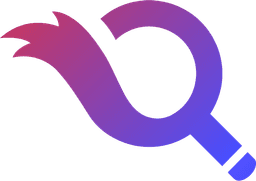how to transition from OpenGL to Metal
Asked on 2024-07-30
1 search
To transition from OpenGL to Metal, you can follow several steps and utilize various tools and resources provided by Apple. Here are some key points and resources to help you with the transition:
-
Evaluate Your Game: Start by evaluating your existing game to understand how it will run on Apple Silicon. The game porting toolkit includes an evaluation environment for Windows games, which can help you get a better idea of your game's performance on Apple devices. This environment supports ray tracing and includes improved graphics and compute compatibility (Port advanced games to Apple platforms).
-
Set Up Your Project: Use the game porting example code as a starting point for setting up your project. This code demonstrates best practices for porting your game and includes configurations for Metal CPP, which provides C bindings for Metal (Port advanced games to Apple platforms).
-
Convert Shaders: If your game uses shaders implemented in HLSL, you can use the Metal Shader Converter to bring them to Metal. This tool supports all shader stages, including advanced ones like ray tracing and mesh shaders, as well as legacy technologies such as geometry and tessellation shaders. The converter also helps port your resource layouts to Metal and includes a runtime header-only library for binding resources to your pipelines (Port advanced games to Apple platforms).
-
Debug and Profile: Utilize Metal's suite of developer tools to debug and profile your ported game. These tools include runtime validation, the Metal Performance HUD, the Metal Debugger in Xcode, and Metal System Trace and Instruments. These tools help you catch common issues, analyze dependencies, investigate visual artifacts, and profile shaders (Port advanced games to Apple platforms).
-
Leverage Metal's Advanced Features: Metal offers a modern graphics and compute API optimized for Apple devices, providing a wide range of advanced features. This includes globally coherent texture access and support for advanced algorithms requiring texture operations visible across all thread groups (Port advanced games to Apple platforms).
For a practical example of how to port your advanced renderer using Metal, you can check out the game porting example project and the video "Bring your game to Mac part three: Render with Metal" (Port advanced games to Apple platforms).
Relevant Sessions
By following these steps and utilizing the provided resources, you can effectively transition your game from OpenGL to Metal.

Platforms State of the Union
Discover the newest advancements on Apple platforms.

Port advanced games to Apple platforms
Discover how simple it can be to reach players on Apple platforms worldwide. We’ll show you how to evaluate your Windows executable on Apple silicon, start your game port with code samples, convert your shader code to Metal, and bring your game to Mac, iPhone, and iPad. Explore enhanced Metal tools that understand HLSL shaders to validate, debug, and profile your ported shaders on Metal.
